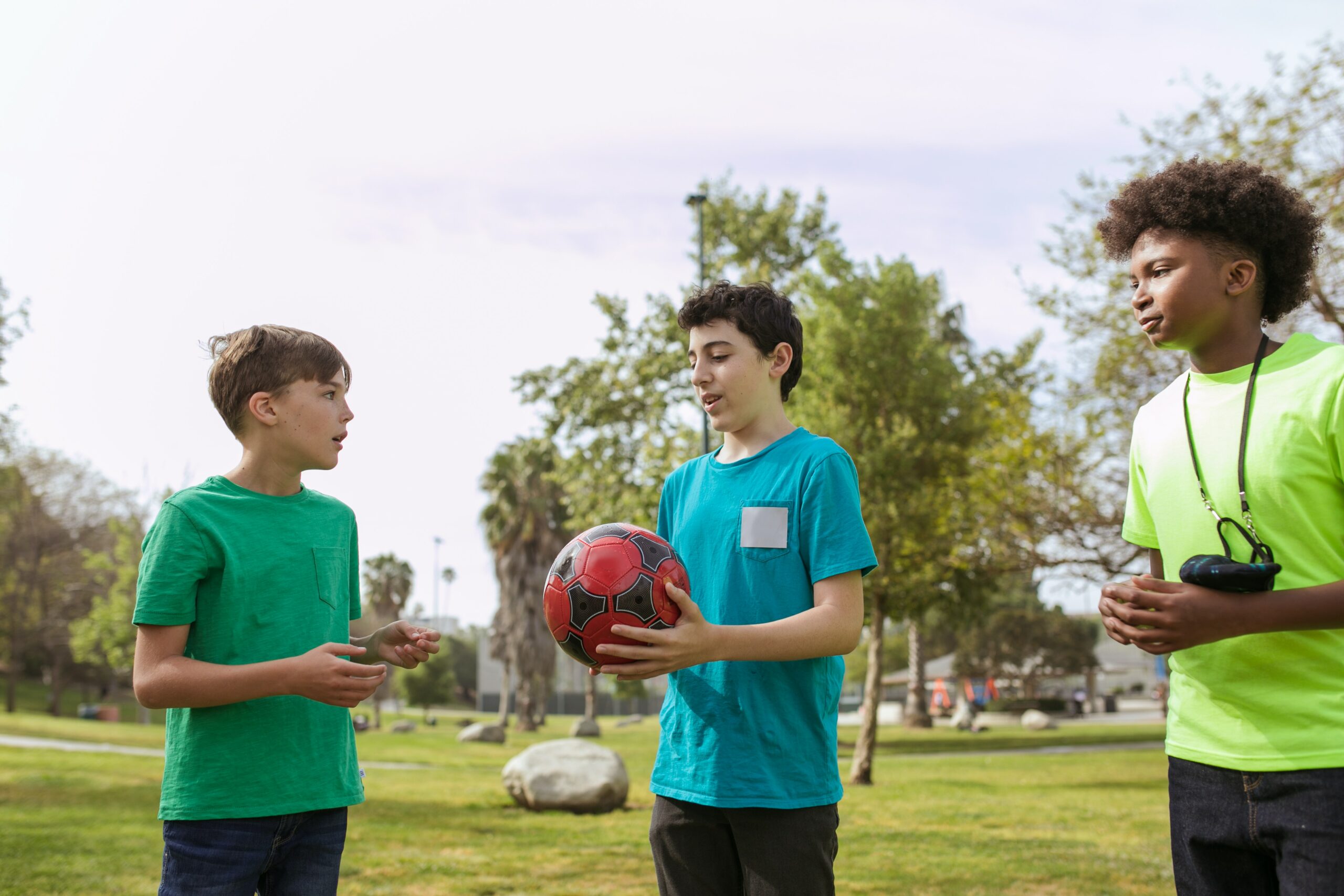Backpacking First Aid Kit Essentials: Travelling off the beaten path and going on an Australian outdoor adventure requires a well-stocked and properly equipped backpacking first aid kit. The kit essentials should be practical and should cater specifically to the person’s needs.
There are several factors to consider before packing on your next trip. Think about life on the road and the typical challenges ahead, and plan your backpacking first aid kit accordingly.
The Importance of Outdoor Safety
Any outdoor enthusiast knows the importance of being adequately prepared for mishaps, accidents, and injuries in remote areas. Hiking in the backcountry and exploring nature away from civilization doesn’t come without some risks and potential danger.
Travelling into the wilderness requires having the right tools and equipment. A good first aid kit is vital for a safe outdoor adventure – ensuring that everything you need to treat minor medical problems is all in one place.
A backpacking first aid kit should cater to your needs on the road and at your destination. Before anything else, know the location you’re heading for, and ensure your kit has everything you’ll need for that location .
Consider important factors such as the weather, availability of resources, presence of wild animals, and the distance between the place and the nearest medical assistance. These are just some of the super important considerations before packing for the trip.
On that note, consider the following supplies when building a backpacking first aid kit.
First Aid Kits for Backpacking – 11 Essentials
Bandages, Gauze, and Dressing
Cuts are one of the most common first aid injuries that occur in the great outdoors. They can happen in many different ways – tripping over a rock, jabbing from a scattered stick, or just slicing a piece of cheese at lunch.
Prepare various sizes of gauzes, dressing, and bandages to accommodate different types of wounds.
Antiseptic wipes
First aid injuries can get messy and dirty, meaning germs, infections, and diseases can be a risk factor.
The use of antiseptic wipes keeps things as clean as possible and can add extra protection from bacterial infections.
Antibiotic Ointment
Antibiotic ointments can fight infections in cuts, scrapes, and burns. They can also help a wound heal faster.
Moleskin Dressings
Moleskin dressings are great for fabricating finger cuffs and reducing skin friction to avoid blister formation.
Moleskin tends to stay in place better than the use of traditional bandages. It also has thick material, providing additional support and cushion for injuries.
Tweezers and Scissors
Tweezers: Precision tweezers are useful in removing bee stings, ticks, cactus spines, splinters, shattered glass, or any object embedded into the skin.
Scissors: Sharp scissors are essential for cutting gauze, medical tape, or other material.
Multi-Tool Knife
A multi-tool knife is a reliable tool that is a must-have in any outdoor scenario. It often comes in handy in various first aid situations such as cutting cloth, taking apart materials, cutting tape and bandages, etc.
Sunscreen
Prolonged or intense sun exposure can result in severe sunburns and wrinkly blistered skin. Avoiding sunburn by using sunscreen is relatively easy, avoiding unnecessary discomfort for the whole duration of the trip.
Apply sunscreen with a high SPF to protect the face and the body from the sun.
Mosquito Repellent
Depending on the place you are planning to visit, you will need mosquito and insect repellent. Add a travel-size bottle to your backpacking first aid kit.
Oral Thermometer
Changes in body temperature can indicate many health conditions. Keep an oral thermometer handy to closely monitor temperature changes.
Prescription medication
If you are on any prescriptions, pack enough of the medication to last the trip – taking extra if it’s something mission critical (such as insulin). Having a good supply with extra to spare in the first aid kit will help get you through any unexpected emergency, until further medical help is available.
You may also want to carry various over-the-counter medications such as ibuprofen, aspirin, or antihistamines.
Emergency Blanket
One of the biggest challenges in a remote first aid emergency is maintaining control over the victim’s body temperature. Keeping them warm and dry is essential to prevent hypothermia and other complications.
The use of an emergency blanket (sometimes called a space blanket) can help prevent the occurrence of shock. This is useful even in the hotter parts of the outback – remember that the temperature in a desert plummets once the sun goes down.
Conclusion
There is no such thing as the perfect first aid kit.
However, putting extra effort to assess your needs, including the length and location of the trip, will help you equip your kit with everything you need to ensure your safety.
Don’t pack things in a first aid kit which you don’t know the purpose of. It is a great idea to go through each item beforehand and familiarize yourself with what they are, and how to use them before you set out into the wild.
Learning how to recognize potentially serious injury or illness, performing CPR and lifesaving techniques, and knowing how to use a first aid kit are vital elements of dealing with outdoor medical emergencies.
Consider taking a First Aid course to manage outdoor injuries and illnesses effectively.
Happy Safe Backpacking with First Aid Courses Darwin!








